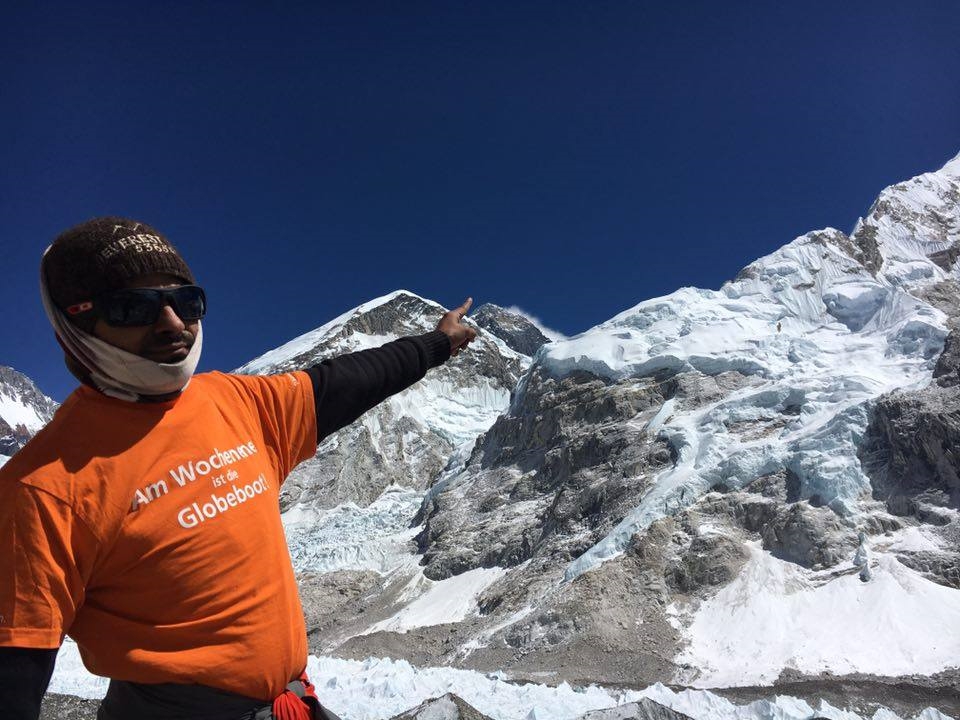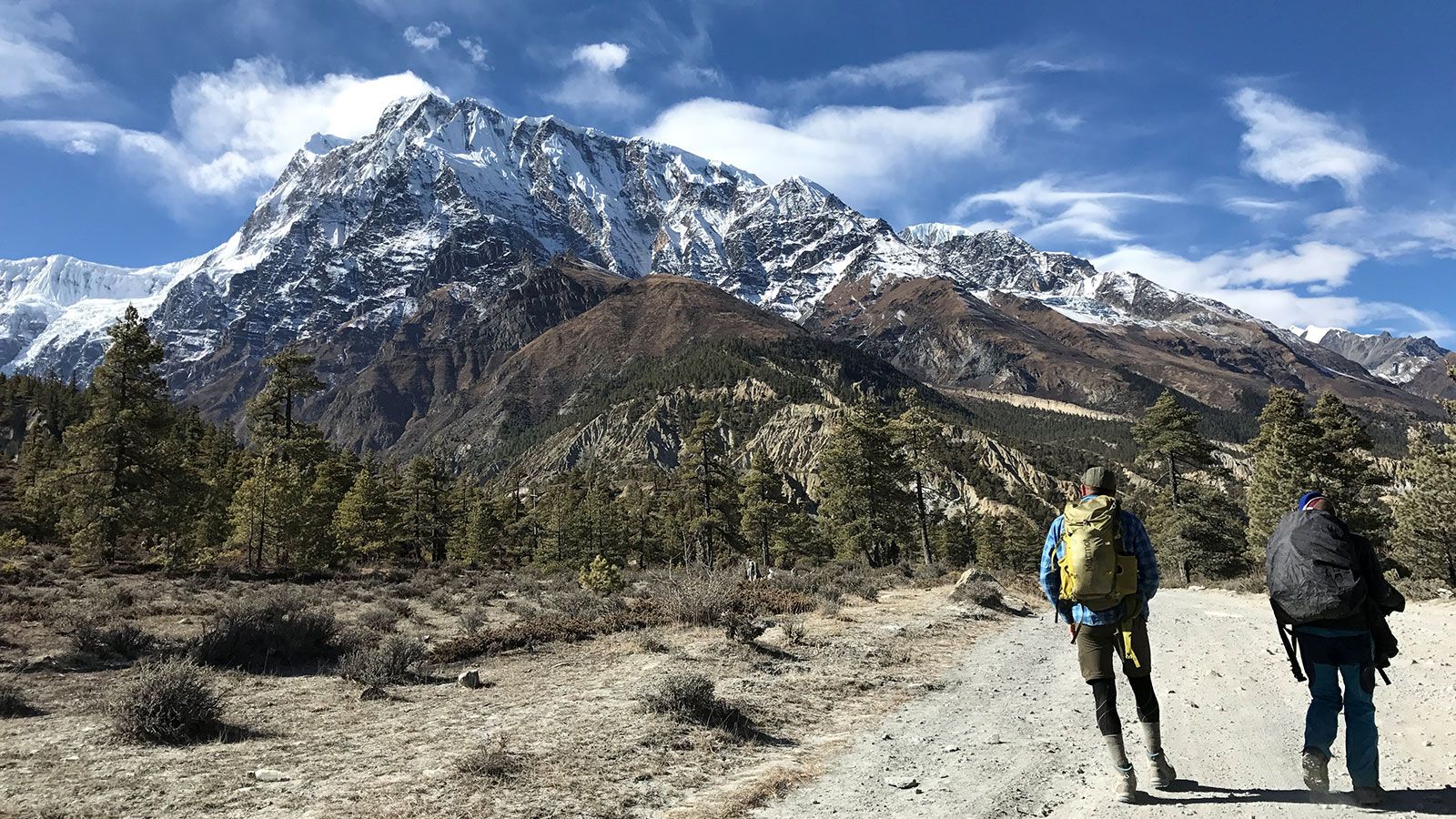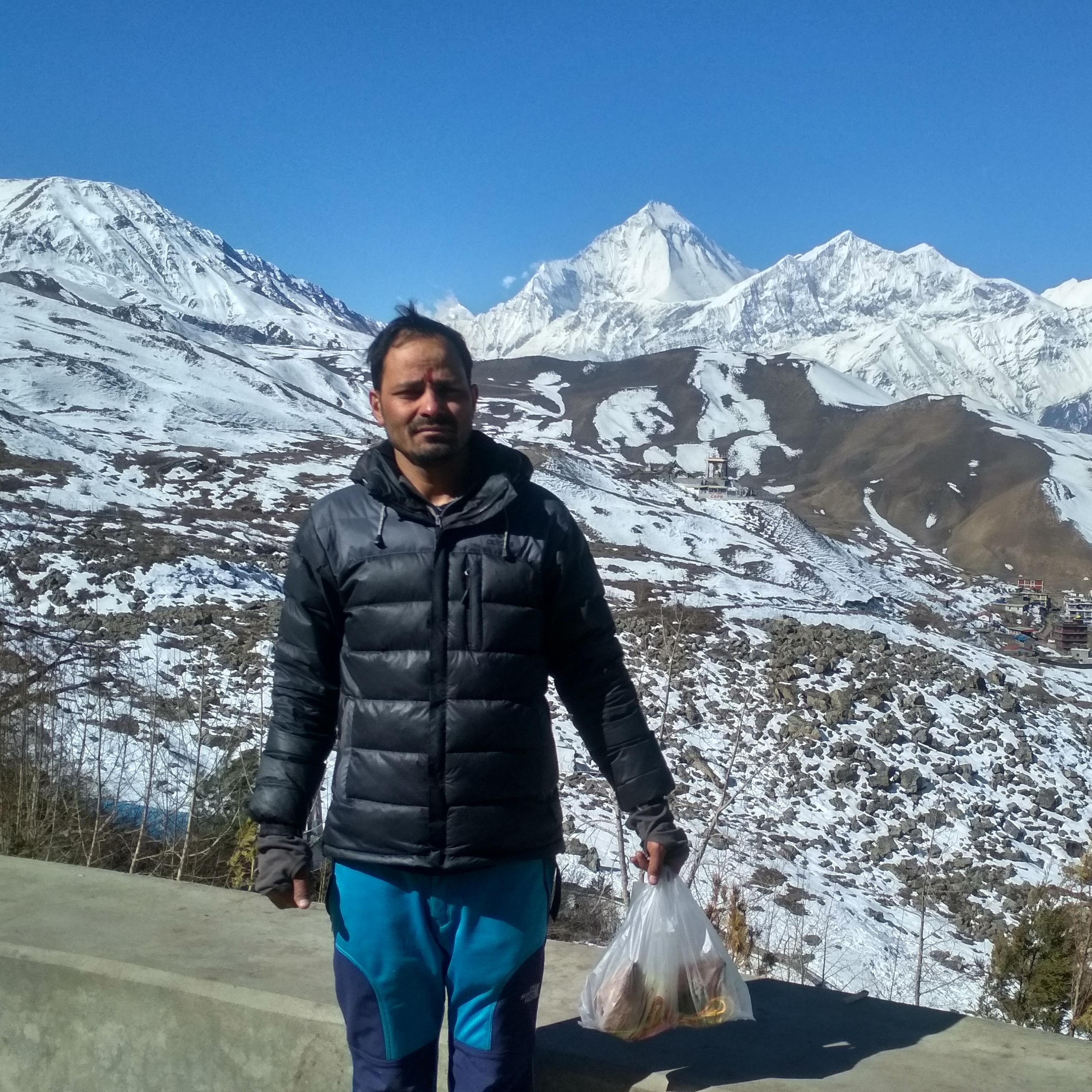Annapurna Semi Circuit Trek via Thorong La Pass
Annapurna Semi Circuit Trek via Thorong La Pass Highlights
One of the highest points on the Annapurna circuit is Thorong La Pass (5416 m).
Views of the surrounding mountains, including Annapurna, Dhaulagiri, and Manaslu, are breathtaking from the pass.
Along the route, come across the Marsyangdi River, stunning waterfalls, and quaint villages.
Up-close looks at some of the highest peaks in the world, such as Machhapuchhre (6993 m), Manaslu (8163 m), Dhaulagiri (8167 m), and Annapurna II (8091 m).
Possibility to fully experience the distinct customs, hospitality, and culture of various ethnic groups, such as the Gurungs, Thakalis, and Manangis.
The 3,800-meter-tall Muktinath Temple is devoted to Lord Vishnu.
The chance to sample delectable apples and apple-related products.
Come across yak caravans, which are a common means of transportation in the high Himalayas, transporting goods.
Annapurna Semi Circuit Trek via Thorong La Pass is also known as condensed form of the classic Annapurna circuit trek. This well-liked and strenuous trekking route in Nepal passes through the Thorong La Pass and the Annapurna mountain range.
Typically, the journey starts in the village of Besisahar. You will hike through quaint villages, verdant rhododendron forests, terraced farmlands, and multiple river crossings from Besisahar. You will travel through areas with breathtaking views of Annapurna Ⅱ (7937 m), Annapurna Ⅲ (7555 m), and other peaks, including Sirung, Chamje, Dharapani, Chame, and pisang. You will arrive at Manang, a lovely village with Tibetan influences and breathtaking views of the surrounding peaks, after Pisang.
Crossing the Thorong La Pass, the trek’s highest point at 5416 m (17769 feet), is the highlight of the Annapurna semi-circuit hike. Because of the high altitude, steep ascent, and erratic weather, crossing the pass is a demanding and thrilling experience. At higher elevations, snow and strong winds are common, adding to the pass’s difficulty. Trekkers seeking adventure and the beauty of the Himalayas will find that, despite the difficulties, reaching the summit of Throng La Pass rewards you with breathtaking panoramic views of the Annapurna and Dhaulagiri mountain ranges, making the journey genuinely unforgettable.
Following the traversal of Throng La Pass, the trail descends to Muktinath, a Buddhist and Hindu holy site. Perched at an elevation of 3710 meters, the temple is home to 108 sacred water springs. Bathing in these springs is considered a blessing and a means of purging sins for devotees. Additionally, it is said that going to this temple will free oneself from the cycle of birth and death. The temple is a singular and spiritually charged location, set amid striking scenery and encircled by snow-capped mountains.
The semi-circuit trek from Muktinath connects with the conventional Annapurna circuit route, descending to Jomsom before reaching the well-known trekking destination of Pokhara. All things considered, the Annapurna Semi- Circuit trek through Thorong La Pass provides a quicker and easier option that still lets you take in some of the most stunning and varied scenery the area has to offer. It is a well-liked option for people who are pressed for time but still wish to take in the breathtaking scenery and rich culture of the Annapurna region.
Travel Insurance
Travel insurance is required for any trek in Nepal, including the semi-circuit Annapurna Trek via Thorong La Pass. There will be high-altitude trekking during the trip, which could be hazardous and physically taxing. In the event of an accident, a medical emergency, a delayed or canceled flight, or lost or stolen luggage, travel insurance can provide financial protection. Make sure your travel insurance includes coverage for emergency helicopter evacuation and high-altitude trekking when purchasing it for the Annapurna semi-circuit trek.
Guide and Porter
Although it is possible to complete the Annapurna circuit on your own, hiring porters or local guides is beneficial. They can provide you insightful information about the customs, history, and culture of the Annapurna region. They can elucidate the significance of festivals, monasteries, and other cultural features you come across during your travels. They also know the alternate routes and the state of the trails. In a similar vein, a porter helps you hike with a lighter load by carrying your bulky backpack. Therefore, if you’re looking to hire a licensed trekking guide and porter with insurance who is highly experienced, helpful, friendly, and speaks English, you can get in touch with Nepal Holiday Treks and Tours Pvt. Ltd.
Foods and Lodging
The trail to the Annapurna circuit is well-served by teahouses and lodges that offer hikers lodging and food. Basic but comfortable lodging and a wide selection of food options, including both local Nepali dishes and international cuisines, are typically available.
Permits
To trek in the Annapurna region, you will need two main permits:
- The Annapurna Conservation Area Permit (ACAP).
- The Trekkers’ Information Management System (TIMS).
Altitude Sickness
Altitude sickness usually happens when you ascend to a high altitude too quickly. At high altitudes, your body tries to adapt to the lower oxygen levels and lower air pressure, which can cause symptoms like fatigue, headaches, and nausea. One should take the initiative to inform the guide as soon as possible about this illness.
Best time to trek
The seasons of March to May and September to November are ideal for completing the Annapurna semi-circuit walk via Thorong La Pass. Spring is the ideal season to tackle high-pass treks. The days are getting longer, the temperature is starting to rise, and there is more sunlight. Similar to this, Nepal’s best times to go trekking are in the fall. Lower elevations are still warm, while the high mountains remain frigid. The trees’ leaves will change to yellow, orange, red, and brown, creating vibrant hills.
Annapurna Semi Circuit Trek via Thorong La Pass Itinerary
Arrival at Kathmandu and Transfer to Hotel
Drive from Kathmandu to Khudi via Besi Sahar
Trek from Khudi to Sirung
Trek from Sirung to Chamge
Trek from Chamje to Dharapani
Trek from Dharapani to Chame
Trek from Chame to Pisang
Trek from Pisang to Manang via Ngwal
Acclimatization day at Manang
Trek from Manang to Churi Lattar / Yak Kharka
Trek frtom Yak Kharka to Thorong Phedi Thorong High Pass
Trek from Thorong la Phedi to Muktinath via Throng-La Pass
Trek from Muktinath to Jomsom via Jharkot
Fly from Jomsom to Pokhara
Drive Back to Kathmandu from Pokhara
Departure at Tribhuvan International Airport
Annapurna Semi Circuit Trek via Thorong La Pass Inclusions
What's included
- The facility of pick and drop from airport to hotel and vice versa
- 2 Night hotel B/B in Kathmandu
- 1 Night hotel B/B in Pokhara
- 3 meal a day, lunch, dinner, breakfast and 3 cups of tea or coffee a day during the trek
- one guide ( Experience and less holder, insurance, salary, and all food, and accommodation )
- Accommodation in tea house/ lodges
- from Kathmandu to Khud by local bus (if you want to by jeep pay for Extra cost )
- from Jomsom to Pokhara by Fly and from Pokhara to Kathmandu by tourist bus
- Equipment (sleeping bag and down jacket and trekking map )
- The permit fee for trekking and TIMS card
- All government tax and company service charge
- Farewell Dinner(Nepalese Cuisine)
- Medical support kit box
Add-ons
What's not included
- International airfare and visa fees
- Lunch and dinner in Kathmandu
- Personal expenses of bar and beverage bills, wifi, hot shower, bottle of water, extra porters, laundry or any other things which are not mentioned by the company
- Your trekking gears and extra nights in a certain destination
- Your travel insurance which should include the emergency rescue
- Tips for your guide and porters
- Entrance fees during the sightseeingExtra expenses due to any event such as strikes, weather conditions, or flight delays
Annapurna Semi Circuit Trek via Thorong La Pass FAQs
When is the best time to trek?
The best time to trek is in the spring (March to May) and autumn (September to November) when the weather is mild and clear. The monsoon season is not recommended because of the unpredictable climate and high risk of natural disasters
How difficult is the trek?
The Annapurna Circuit trek is moderately difficult to challenging in some parts. The most difficult part is crossing the Thorong La Pass at 5,416 meters.
How long does the trek take?
The trek can take 10 to 22 days to complete.




